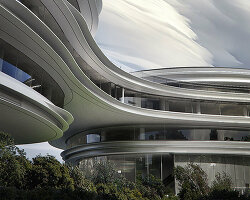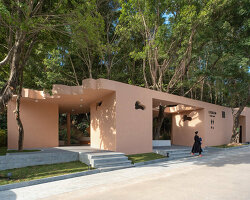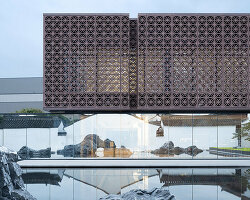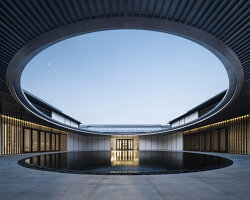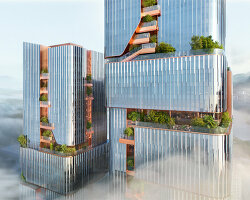KEEP UP WITH OUR DAILY AND WEEKLY NEWSLETTERS
PRODUCT LIBRARY
the minimalist gallery space gently curves at all corners and expands over three floors.
kengo kuma's qatar pavilion draws inspiration from qatari dhow boat construction and japan's heritage of wood joinery.
connections: +730
the home is designed as a single, monolithic volume folded into two halves, its distinct facades framing scenic lake views.
the winning proposal, revitalizing the structure in line with its founding principles, was unveiled during a press conference today, june 20th.
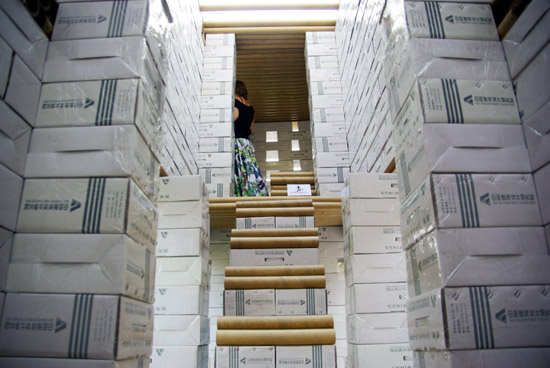
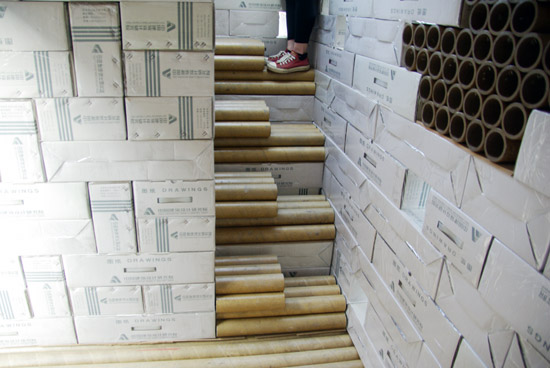 interior walls and steps of the ‘paper brick house’ image © designboom
interior walls and steps of the ‘paper brick house’ image © designboom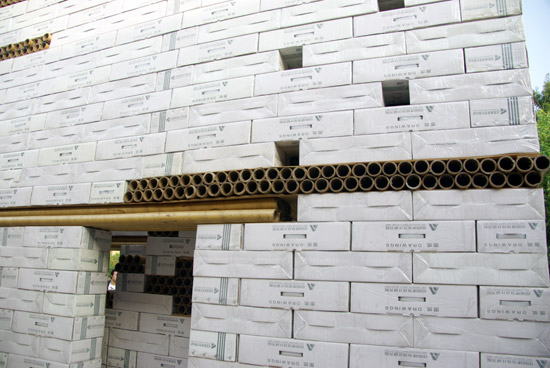 exterior of the ‘paper brick house’ image © designboom
exterior of the ‘paper brick house’ image © designboom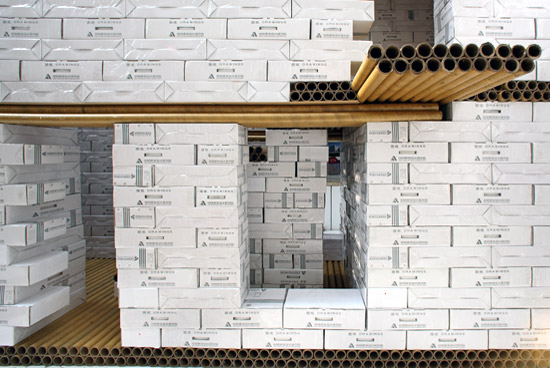 openings which act as doors and windows
openings which act as doors and windows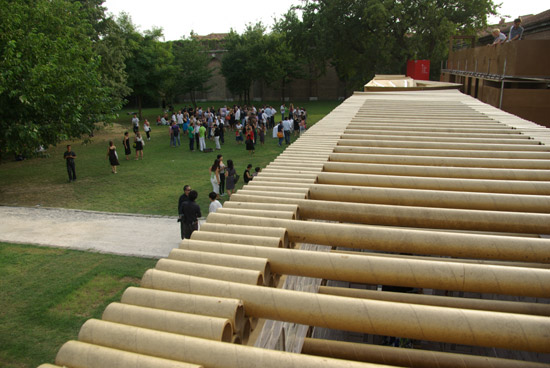 paper tubes are used to construct the roof of the house image © designboom
paper tubes are used to construct the roof of the house image © designboom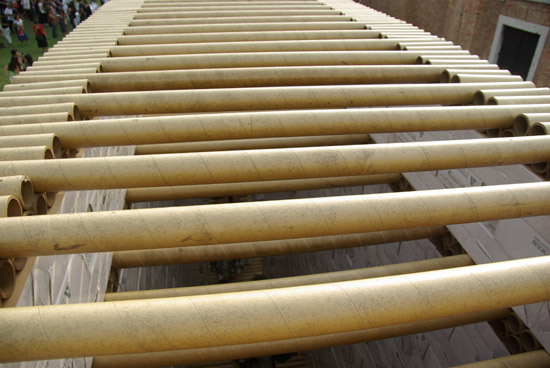 image © designboom
image © designboom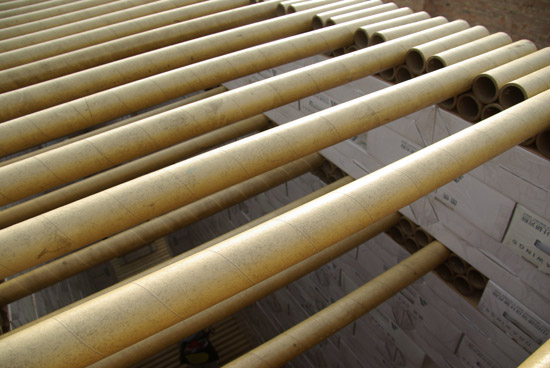 image © designboom
image © designboom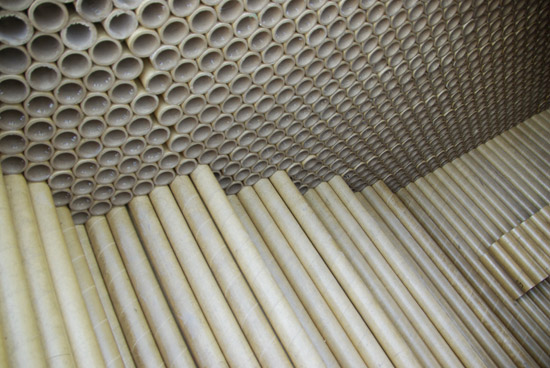 stairwell constructed of paper tubes leading into the house image © designboom
stairwell constructed of paper tubes leading into the house image © designboom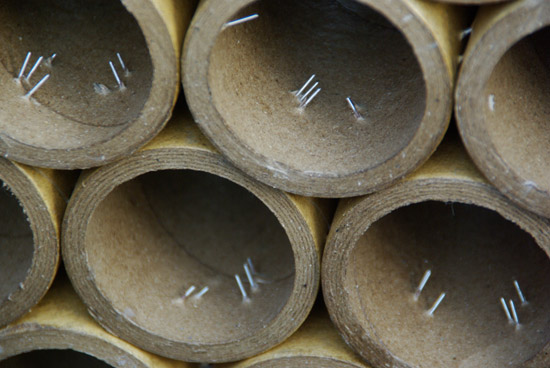 upclose of how the paper tubes are held together image © designboom
upclose of how the paper tubes are held together image © designboom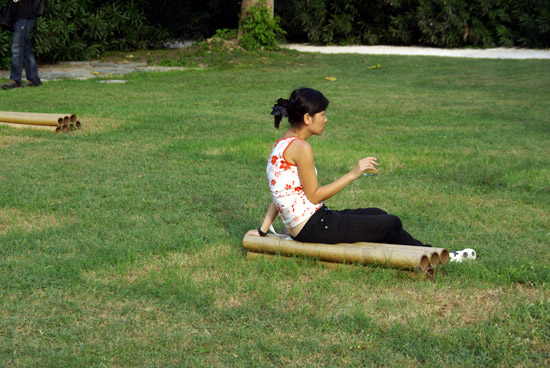 a visitor enjoying the courtyard image © designboom
a visitor enjoying the courtyard image © designboom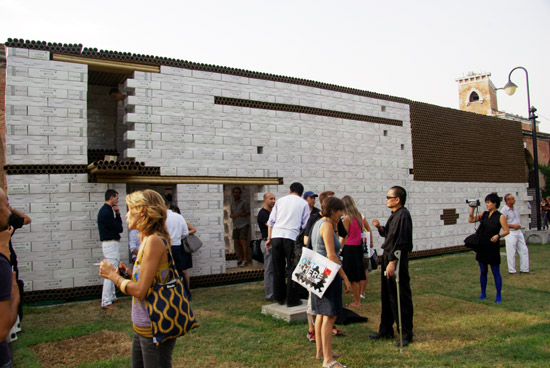 visitors gathering around the ‘paper brick house’ image © designboom
visitors gathering around the ‘paper brick house’ image © designboom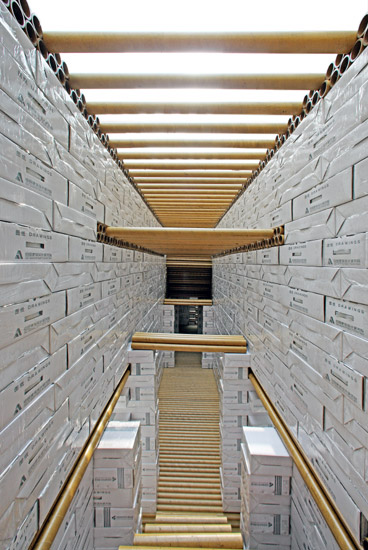 interior structure of the house
interior structure of the house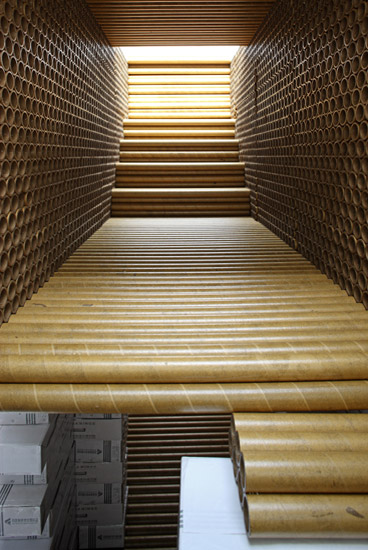 flooring and walls made from paper tubes image © designboom
flooring and walls made from paper tubes image © designboom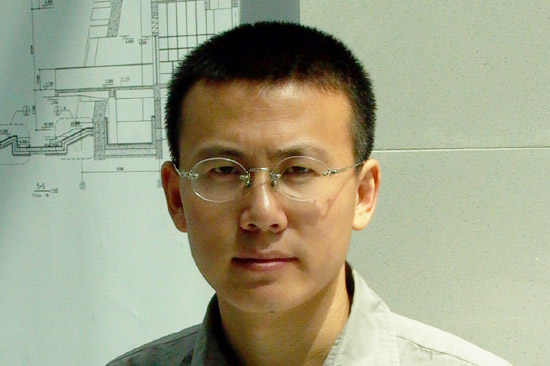 project by li xinggang
project by li xinggang